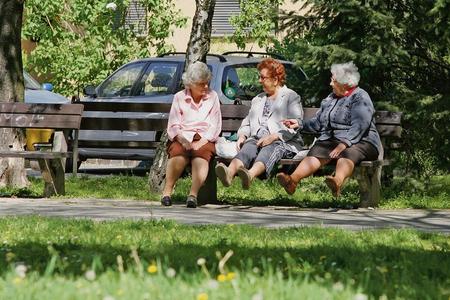The development of population processes in Slovakia clearly confirms the intensive ageing of the population, which is manifested by the increase of the number of people of post-productive age and a reduction in the share of the population in childhood.
“The age structure’s development isn’t positive and it clearly shows ageing,” said Alexander Ballek, head of the Slovak Statistics Office at a press conference in Bratislava on May 25. He added that it has been partly caused by an increase in life expectancy of the population.
Population ageing is among the biggest demographic challenges in society at the moment. It also means a threat to the current pension and healthcare schemes.

For the second consecutive year, the average age is over 40, with half of the population older than 39.8 years. There are 97 people over 65 years old per every 100 children in Slovakia. Ballek sees the reason for this in the change in reproductive behaviour, as fertility is approaching a critical level. As a consequence the Slovak population is aging at an increasingly faster pace.

At the end of last year, Slovakia had 5,435,343 inhabitants, of which 2,783,659 were women, with 57,557 children born in the same year. The number of children born last year was 1,955 higher than in 2015. As many as 52,351 people died, representing a drop of 1,475 people when compared to 2015.
Both natural and migration gains have increased over the past year, with the population of Slovakia rising by 9,091 last year. The natural increase was 5,206 people or 3,430 more than in 2015. Through migration, Slovakia received 3,885 new inhabitants.
Meanwhile, the number of marriages increased, while the divorce rate went down.
“The year 2016 was exceptional in the fact that between the monitored period [2007-2016], the highest number of couples got married and the least number of couples got divorced,” said Ballek. “As many as 29,897 couples got married and 9,286 couples got divorced. Compared with 2015, the number of marriages increased by 1,122 and the number of divorces fell by 500.”



 Pensioners. (source: Sme - Pavol Funtál)
Pensioners. (source: Sme - Pavol Funtál)